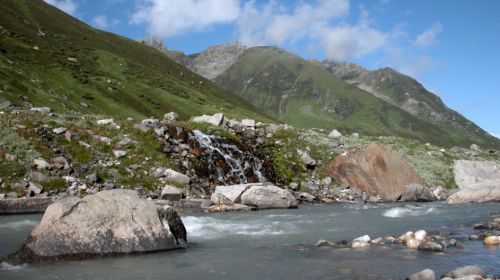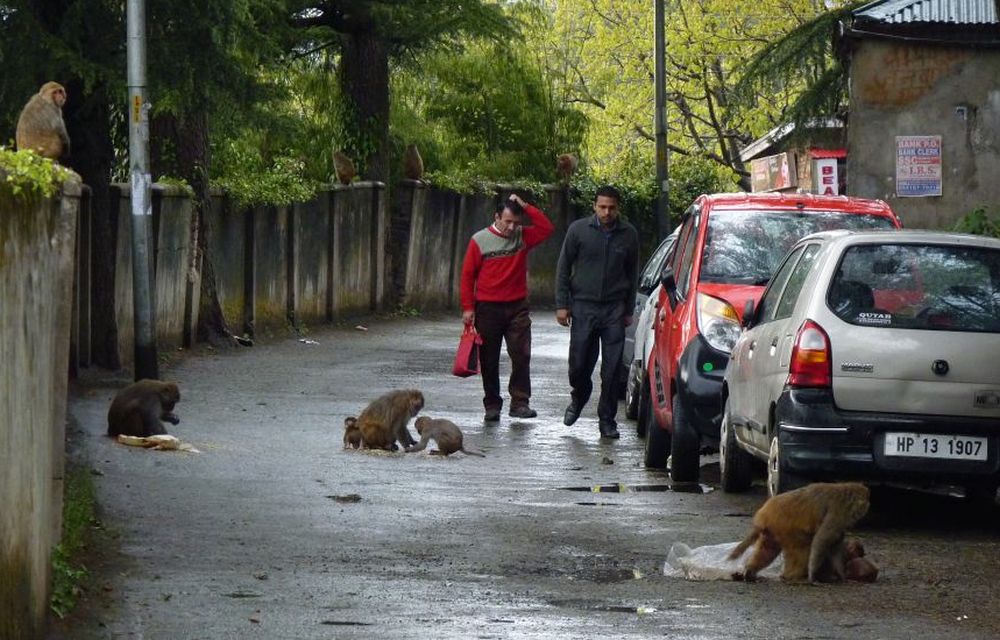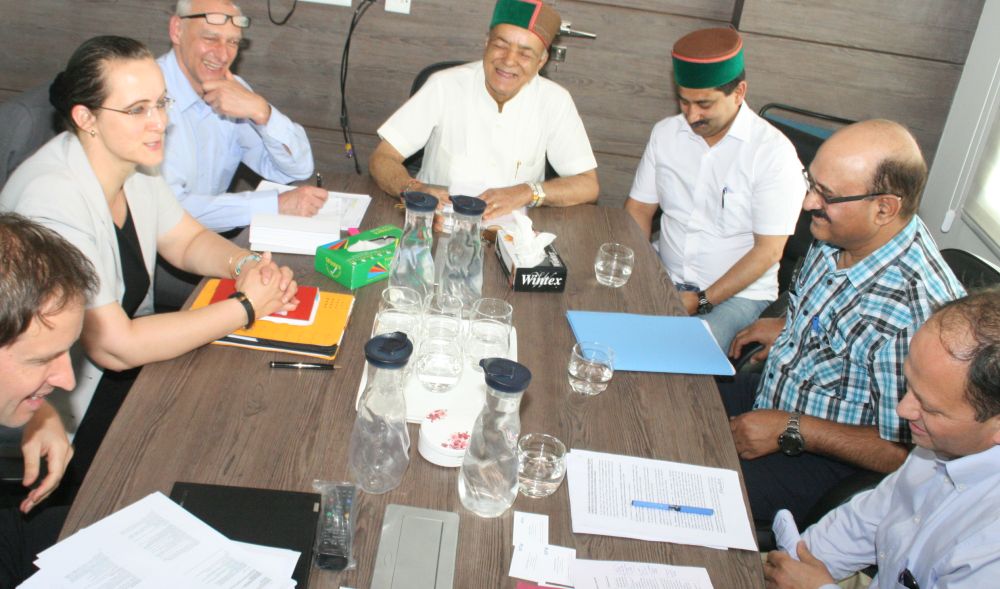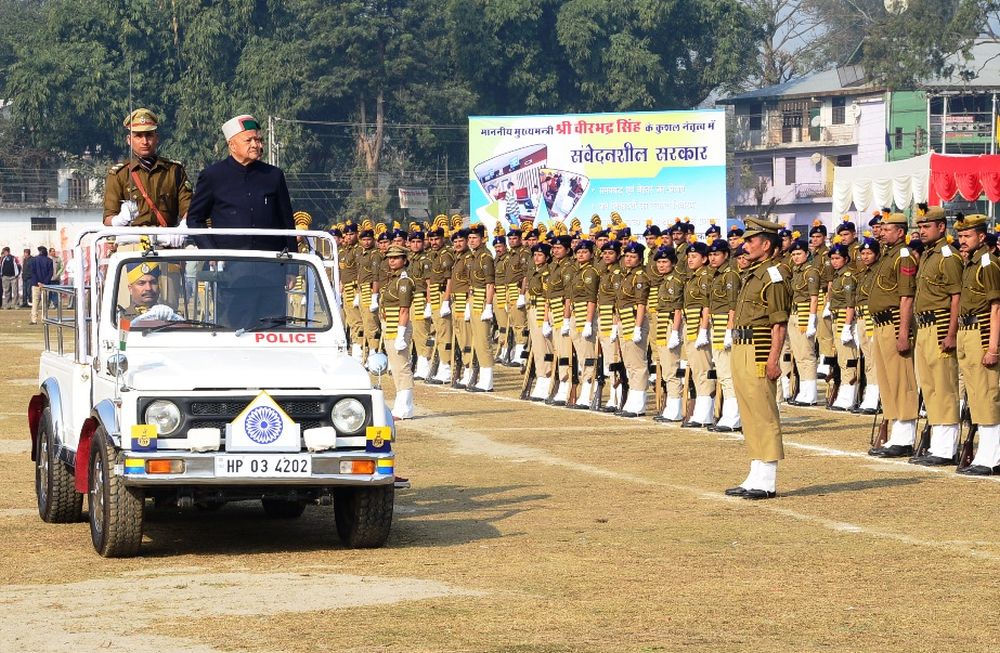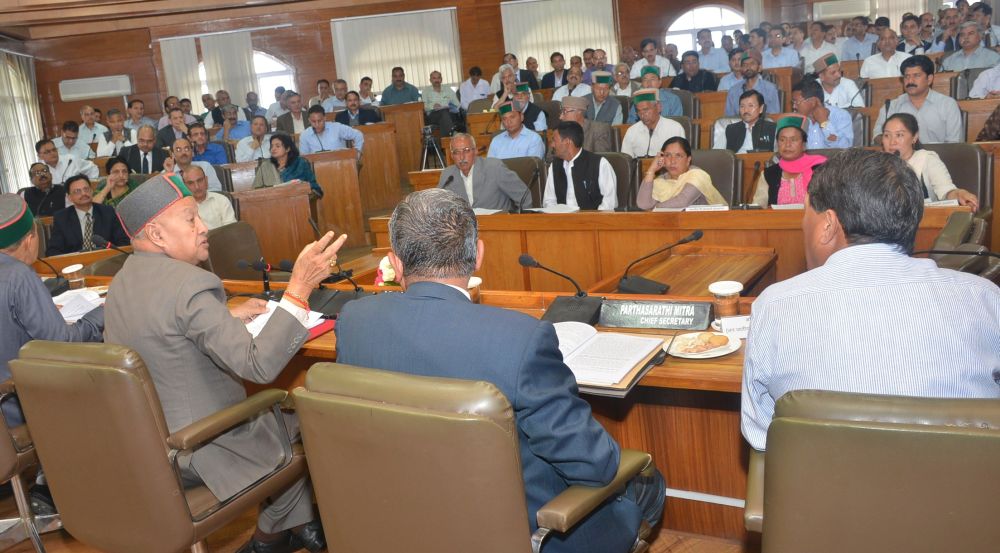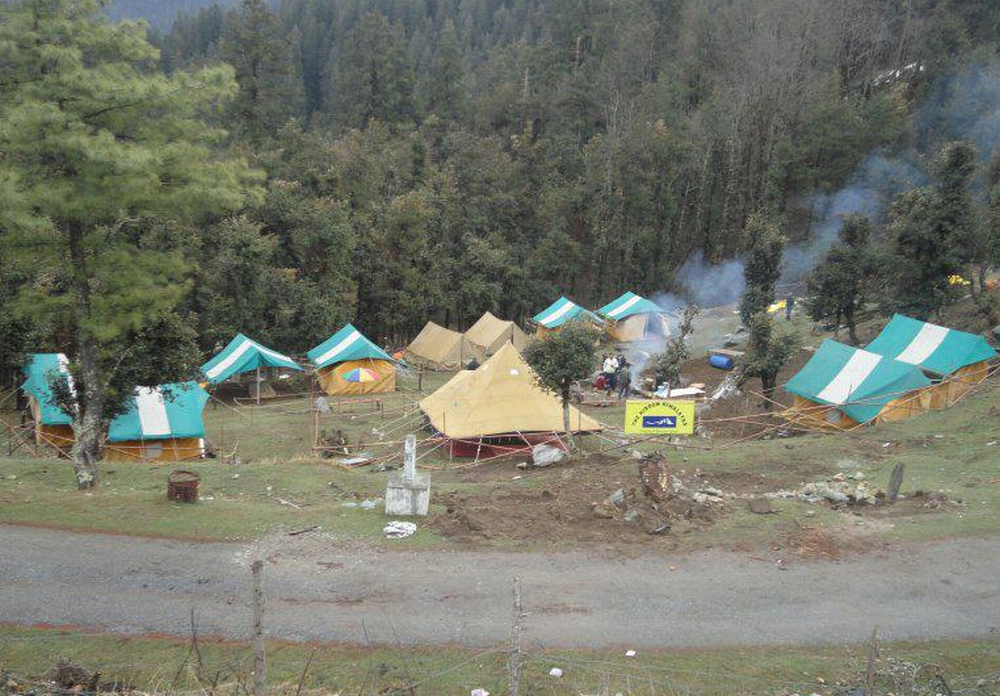The World Heritage Site Committee has accorded the status of World Heritage Site to the Great Himalayan National Park Conservation Area (GHNPCA) of the State.
The decision was made during the meeting of World Heritage Site in Doha, today. The Great Himalayan National Park Conservation Area (GHNPCA), which is spreads over 905 sq km, competed against several other countries for selection as a World Heritage Site under the criteria of “exceptional natural beauty” and “conservation of biological diversity”.
Chief Minister Virbhadra Singh has welcomed this decision adding that this was recognition of commendable performance and sustainable efforts of the State in conservation of forests, wildlife and heritage.
He said that State Government had always been committed to preserve the ecology, environment and precious forest wealth of the State and various effective steps had been initiated in this regard. The State had imposed complete ban on green felling and measures had been taken to minimize the use of plastic and polythene.
Forest Minister Thakur Singh Bharmouri said that this step would go a long way in the growth and development of eco-tourism in the State. He reaffirmed the commitment of the State Government for protection and conservation of the precious environment.
The noteworthy issue in according the status of World Heritage Site to the GHNP is that there will be no dislocation of the families/villages living in the Park core and their rights have been recognized and would stay protected.
The original proposal regarding inclusion of GHNP in India’s Tentative List of Natural Heritage Properties was conceived by the State Government between December /January, 2005-2006 after a meeting at New Delhi on 14th November, 2005. Subsequently, there were several rounds of consultations and meetings to address the issues involved.
There are six other sites that include the Taj Mahal, Ellora, Kaziranga National Park, Keoladeo National Park, Manas National Park, Nandadevi Biosphere Reserve and the Sunderbans accorded with the World Heritage status by UNESCO.
The GHNP was declared as National Park under Wildlife (Protection Act), 1972 by the Himachal Pradesh Government in 1999. A total of 832 plants species representing 128 families and 427 genera (which cover 26% of the total flora of Himachal Pradesh) have been recorded from the GHNP.
GHNP is home to a number of threatened species of global concern, providing them with habitats critical to their continued survival. The Park supports probably self-sustaining populations of near-threatened, vulnerable and endangered species like Leopard, Himalayan Black Bear, Royle’s vole, Himalayan Tahr, Himalayan Serow, Himalayan Goral, Himalayan Musk deer, Western Tragopan and Cheer pheasant.
The endangered Snow Leopard and critically endangered Red-headed vulture are also present. The Park contains the largest single population of the vulnerable Western Tragopan and supports probably the densest remaining population of Himalayan Musk Deer west of Nepal.


